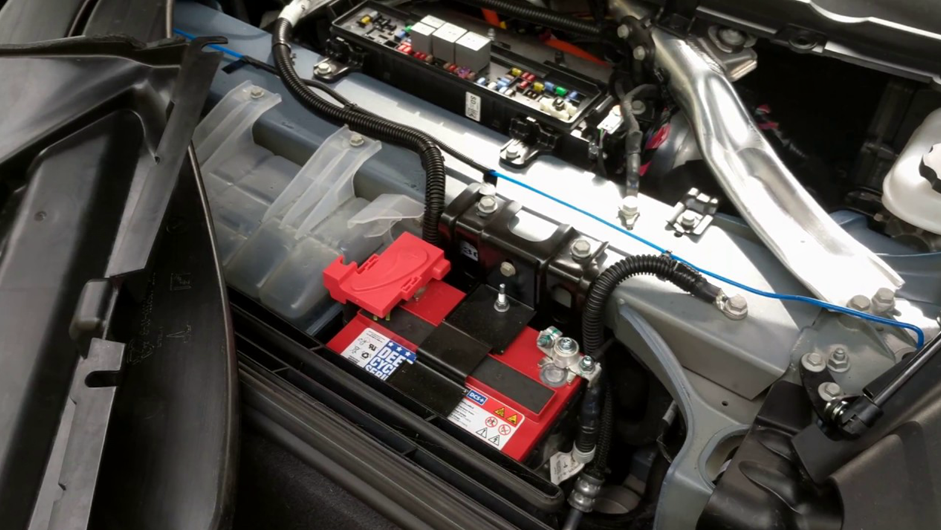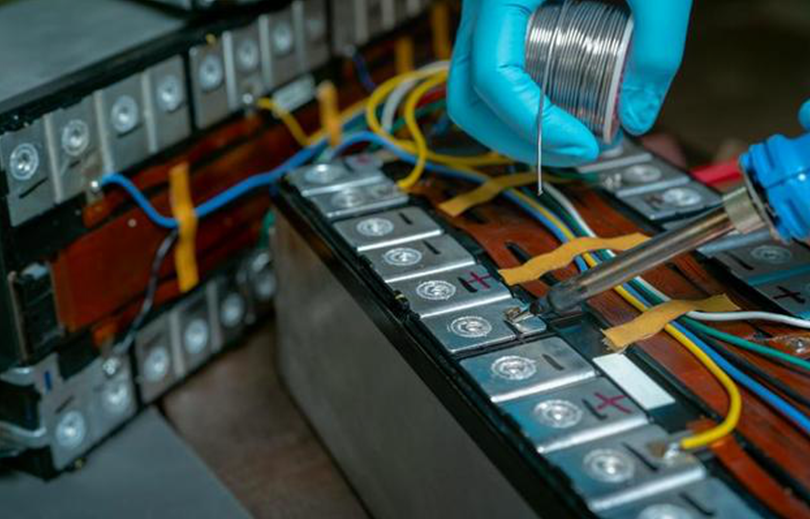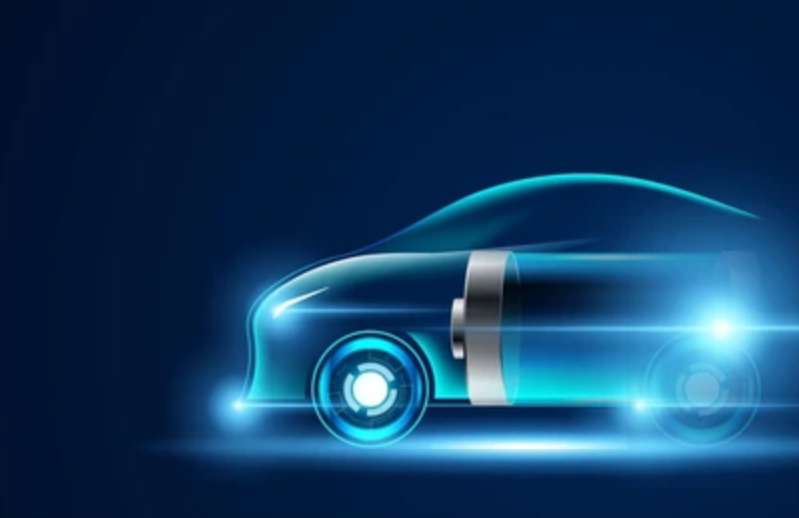how to charge a lithium ion battery with a power supply
Lithium-ion batteries are widely used in electronic devices such as smartphones, laptops, and electric vehicles due to their high energy density and longer lifespan compared to other battery types. Charging a lithium-ion battery with a power supply is a simple process, but it requires caution to avoid damaging the battery or causing a safety hazard. In this article, we will discuss the steps to charge a lithium-ion battery with a power supply.
Step 1: Check Battery Specifications
Before charging a lithium-ion battery with a power supply, it is important to check the battery\’s specifications to ensure that the voltage and current rating of the power supply are compatible with the battery. You can find the voltage and current rating of the battery on its label or in the user manual. If the power supply voltage and current are too high, it can damage the battery or even cause a fire.
Step 2: Connect the Power Supply
After confirming that the power supply voltage and current are compatible with the battery, you can connect the power supply to the battery. It is recommended to use a charging cable that is designed for lithium-ion batteries to prevent short-circuiting or overheating.
Step 3: Set the Charging Voltage and Current
The charging voltage and current should be set according to the battery specifications. The charging voltage for most lithium-ion batteries is 4.2 volts per cell, and the charging current should not exceed the maximum charging current specified by the manufacturer. Some batteries have built-in protection circuits that prevent overcharging or over-discharging.

Step 4: Monitor the Charging Process
During the charging process, it is important to monitor the battery temperature and voltage regularly to prevent overheating or overcharging. Overcharging can cause the battery to swell or even catch fire. If you notice any abnormal behavior such as excessive heat or swelling, stop the charging process immediately and unplug the power supply.
Step 5: Disconnect the Power Supply
Once the battery is fully charged, disconnect the power supply from the battery. Do not leave the battery connected to the power supply for an extended period as it can cause overcharging or damage to the battery.
Conclusion
Charging a lithium-ion battery with a power supply is a simple process, but it requires caution to prevent damage or safety hazards. Always check the battery specifications before charging, use a charging cable designed for lithium-ion batteries, monitor the charging process regularly, and disconnect the power supply once the battery is fully charged. By following these steps, you can ensure the long lifespan and safe operation of your lithium-ion batteries.
-
 For years, lead-acid batteries have been the go-to for energy storage solutions due to their affordability and availability. However, as technology continues to advance, lithium-ion batteries like the 100Ah Lithium Battery Lifepo4 are revolutionizing the energy storage market. The 100Ah Lithium Battery Lifepo4 is a type of lithium-ion battery that is commonly used for energy storage in residential and...Citeşte mai mult
For years, lead-acid batteries have been the go-to for energy storage solutions due to their affordability and availability. However, as technology continues to advance, lithium-ion batteries like the 100Ah Lithium Battery Lifepo4 are revolutionizing the energy storage market. The 100Ah Lithium Battery Lifepo4 is a type of lithium-ion battery that is commonly used for energy storage in residential and...Citeşte mai mult -
 Today, as global climate change and environmental protection become increasingly important, the automotive industry is undergoing a profound transformation. In this transformation, automotive lithium batteries, as the core components of new energy vehicles, are leading the automotive industry into a greener, more environmentally friendly and sustainable future with their unique advantages. This article will provide you with an in-depth understanding...Citeşte mai mult
Today, as global climate change and environmental protection become increasingly important, the automotive industry is undergoing a profound transformation. In this transformation, automotive lithium batteries, as the core components of new energy vehicles, are leading the automotive industry into a greener, more environmentally friendly and sustainable future with their unique advantages. This article will provide you with an in-depth understanding...Citeşte mai mult -
 Lithium Iron Phosphate (LiFePO4) motorcycle batteries are becoming increasingly popular in the world of motorcycling due to their reliable and long-lasting power source. These batteries have revolutionized the industry, replacing traditional lead-acid batteries that were used for decades. One of the main advantages of LiFePO4 motorcycle batteries is their long lifespan. These batteries can last up to ten years,...Citeşte mai mult
Lithium Iron Phosphate (LiFePO4) motorcycle batteries are becoming increasingly popular in the world of motorcycling due to their reliable and long-lasting power source. These batteries have revolutionized the industry, replacing traditional lead-acid batteries that were used for decades. One of the main advantages of LiFePO4 motorcycle batteries is their long lifespan. These batteries can last up to ten years,...Citeşte mai mult -
 The automotive industry has seen significant advancements in technology over the years. The introduction of lithium-ion batteries has revolutionized the way we power our cars. The lithium starter battery has become increasingly popular due to its many benefits over traditional lead-acid batteries. In this article, we will explore the advantages of lithium starter batteries and how they are changing the...Citeşte mai mult
The automotive industry has seen significant advancements in technology over the years. The introduction of lithium-ion batteries has revolutionized the way we power our cars. The lithium starter battery has become increasingly popular due to its many benefits over traditional lead-acid batteries. In this article, we will explore the advantages of lithium starter batteries and how they are changing the...Citeşte mai mult -
 In today's world, reliable and efficient power supply is crucial for the smooth functioning of various industries. Industrial Power Products (IPP) Batteries have emerged as a leading solution to meet the ever-increasing power demands of industries. With their advanced technology and robust design, IPP Batteries have revolutionized the power industry by providing uninterrupted power supply and enhancing efficiency. This article...Citeşte mai mult
In today's world, reliable and efficient power supply is crucial for the smooth functioning of various industries. Industrial Power Products (IPP) Batteries have emerged as a leading solution to meet the ever-increasing power demands of industries. With their advanced technology and robust design, IPP Batteries have revolutionized the power industry by providing uninterrupted power supply and enhancing efficiency. This article...Citeşte mai mult -
 In today's increasingly competitive and fast-paced industrial landscape, businesses are constantly seeking ways to enhance efficiency and improve performance. One crucial aspect that often goes unnoticed but plays a significant role in achieving these goals is the use of high-quality industrial power product batteries. Industrial power product batteries are specifically designed to meet the unique energy requirements of industrial...Citeşte mai mult
In today's increasingly competitive and fast-paced industrial landscape, businesses are constantly seeking ways to enhance efficiency and improve performance. One crucial aspect that often goes unnoticed but plays a significant role in achieving these goals is the use of high-quality industrial power product batteries. Industrial power product batteries are specifically designed to meet the unique energy requirements of industrial...Citeşte mai mult -
 Introduction: In recent years, there has been a growing demand for high-capacity and efficient energy storage solutions. One of the most significant breakthroughs in battery technology is the development of the High-Capacity 12V 100Ah Lithium Iron Phosphate (LiFePO4) battery. This innovative battery not only offers a higher capacity but also boasts several other advantages over traditional lead-acid batteries. This article...Citeşte mai mult
Introduction: In recent years, there has been a growing demand for high-capacity and efficient energy storage solutions. One of the most significant breakthroughs in battery technology is the development of the High-Capacity 12V 100Ah Lithium Iron Phosphate (LiFePO4) battery. This innovative battery not only offers a higher capacity but also boasts several other advantages over traditional lead-acid batteries. This article...Citeşte mai mult

